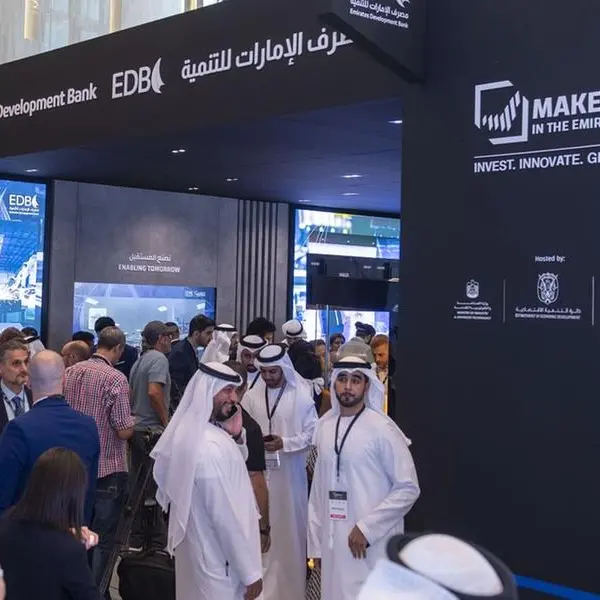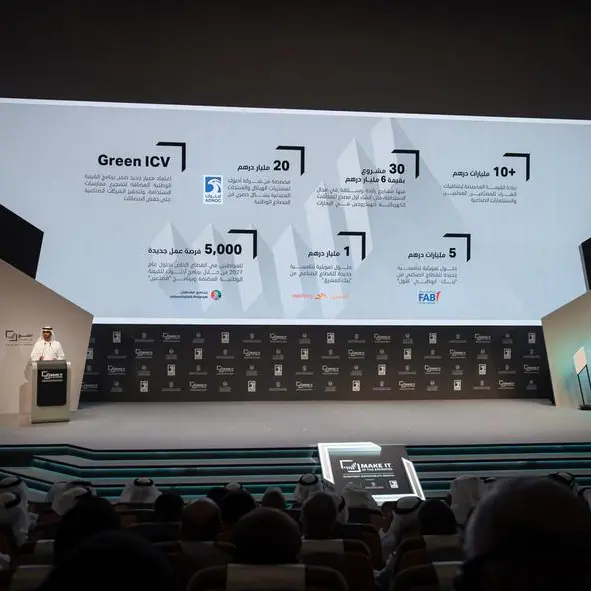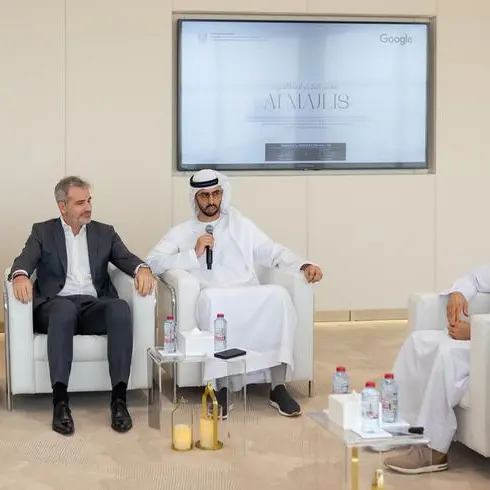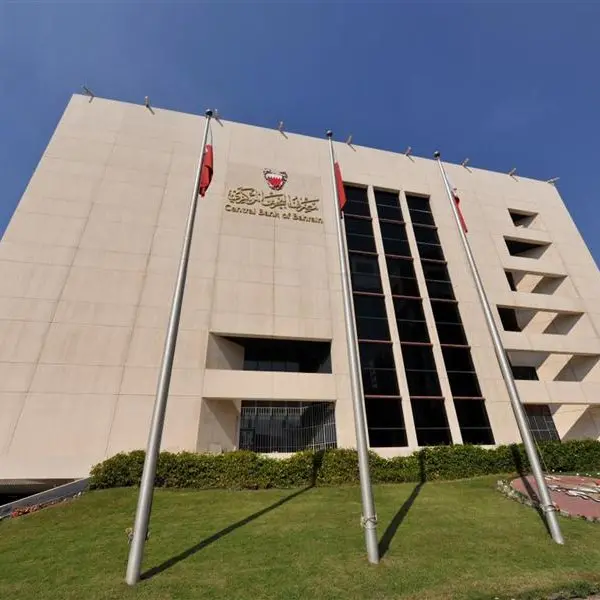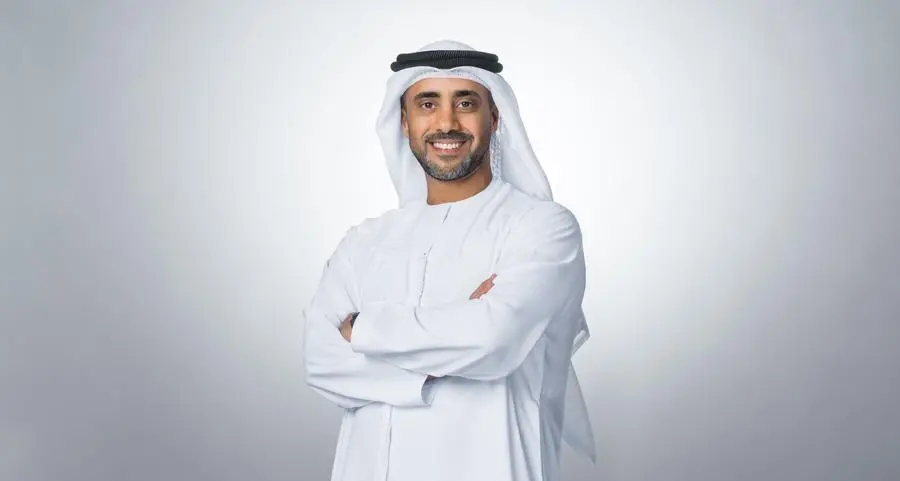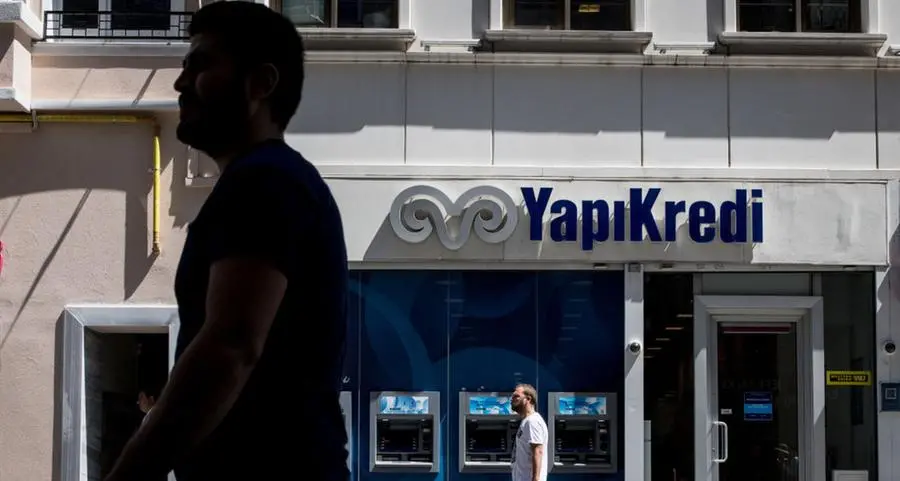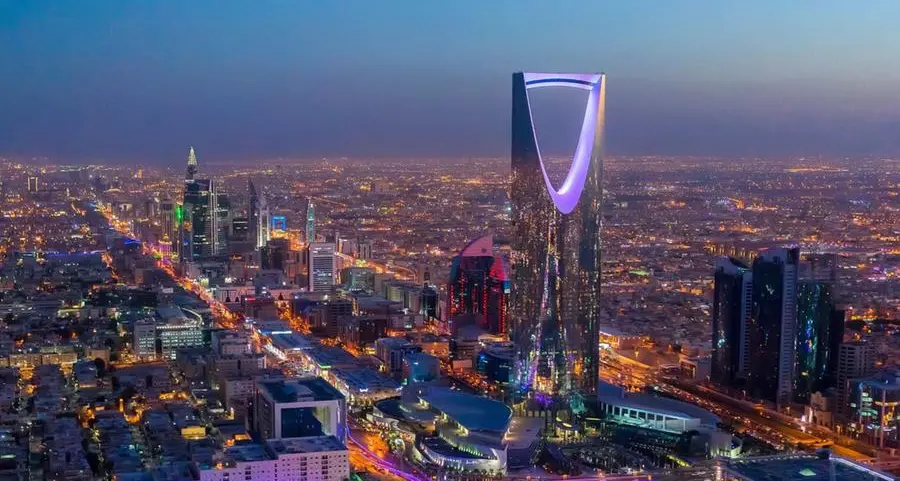Barring any geopolitical risks, Islamic banks in GCC countries should see their financial profiles stabilise through 2018, said S&P Global Ratings in a recent report.
S&P anticipates that Islamic banks' asset quality will stabilise by midyear 2018, with the exception of Qatari banks, where it sees some increasing risks.
“We expect GCC Islamic banks' total asset growth will remain in the low single digits over the next 12-24 months, after stabilising at about 4 per cent for the GCC system in 2017. We consider the three main risks to GCC Islamic banks' financial stability are regional geopolitical tensions, higher cost of risk, and lower profitability,” said S&P Global Ratings Global Head of Islamic Finance, Mohamed Damak.
Cost of risk for Islamic banks are expected to rise, due to the adoption of International Financial Reporting Standard 9 and Financial Accounting Standard 30. This increase, combined with the impact from the introduction of value-added tax, will result in a dip in the profitability of Islamic banks in the next two years, suggests S&P.
GCC Islamic banks included in S&P’s sample saw growth in customer deposits recover slightly in 2017, a trend that is expected to continue. This was the result of stabilised oil prices and the channelling of higher public-sector deposits to the banking systems. Additionally, these banks continue to display strong capitalisation by international standards, with an unweighted average tier 1 ratio of 17.6 per cent at the end of 2017.
© 2018 CPI Financial. All rights reserved. Provided by SyndiGate Media Inc. (Syndigate.info).

